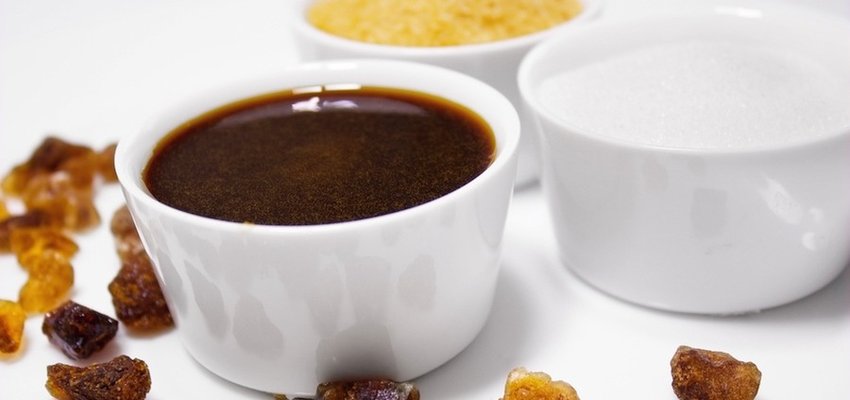
Superfoods — the word just conjures up those wonderful health foods that seem to have mystical powers. Well, if they don’t, they SHOULD!
Supefoods are just that – they're SUPER! They typically pack a big punch in a somewhat small dose; think goji berries, cacao, bee pollen and spirulina. These are things you definitely don’t want to consume by the cupful!
While health food stores are filled with various “new” superfoods, don’t think for a minute this is some sort of fad. Superfoods have been around for many years, and while there seems to be an endless rotation of what's coined the newest and best superfood around, try not to let the other tried and true items fall by the wayside. I’d like to introduce you to three “old-school” superfoods. Each of these had gained popularity as far back as the 60s and definitely should earn a place among your superfood collection.
1. Brewer’s Yeast
While every raw foodist touts the taste and benefits of nutritional yeast, there's another yeast that once held the crown as the most nutrient-rich and beneficial. While brewer's yeast is typically thought of as a byproduct of beer brewing, there are brands presently that are grown on sugar beets.
Why you need to try it: This healthy yeast strain — Saccharomyces cerevisiae — is commonly recommended by holistic practitioners to fight against candida overgrowth. Rich in protein, fiber, B vitamins and minerals, it can cure skin conditions, promote hair growth, increase energy, balance blood sugar and provide good bacteria to keep your gut healthy!
2. Molasses
Who can beat this sugary sweet, thick, tar-like substance? Super sweet and low glycemic, molasses is made from processing sugar canes into table sugar!
Why you need to try it: A true superfood, molasses is chock full of vitamins and minerals, namely iron, calcium, magnesium and potassium. Its many benefits can include healing acne, acid reflux, anemia, regulating menstrual flow, colitis, cyst reduction, tumor reduction, dermatitis, hair damage, eczema, psoriasis, varicose veins, ulcers, anxiety, constipation and joint pain. Be sure to look for unsulphured blackstrap molasses.
3. Lecithin
While consuming a fatty substance found in plants typically isn’t high on most people’s list, this is one that you should think about including. ASAP.
Why you need to try it: Protecting the liver, balancing cholesterol and emulsifying fat is just the top of the list; it also helps absorb nutrients and builds a healthier digestive system. Lecithin is rich in EFAs, so it promotes smooth, glowing skin. Most importantly, it may help improve healthy brain function, and is commonly used to treat memory disorders such as dementia and Alzheimer's. After all, our brains contain 30% lecithin!
Now that you’re acquainted you with some of the first superfoods around, I hope I can entice you to give them a try with one of my favorite recipes — my Semi-Old School Smoothie
To your blender add:
- 1 Tbs. whole flaxseeds – turn blender on high to grind
- 1 Tbs. brewer’s yeast
- 1 Tbs. non-GMO lecithin granules
- 1 Tbs. unsulphured blackstrap molasses
- 1 serving vegetarian protein powder
- 1 Tbs. tocotrienols (members of the vitamin E family)
- 1.5 cups frozen berries
- 2 cups water
No comments:
Post a Comment